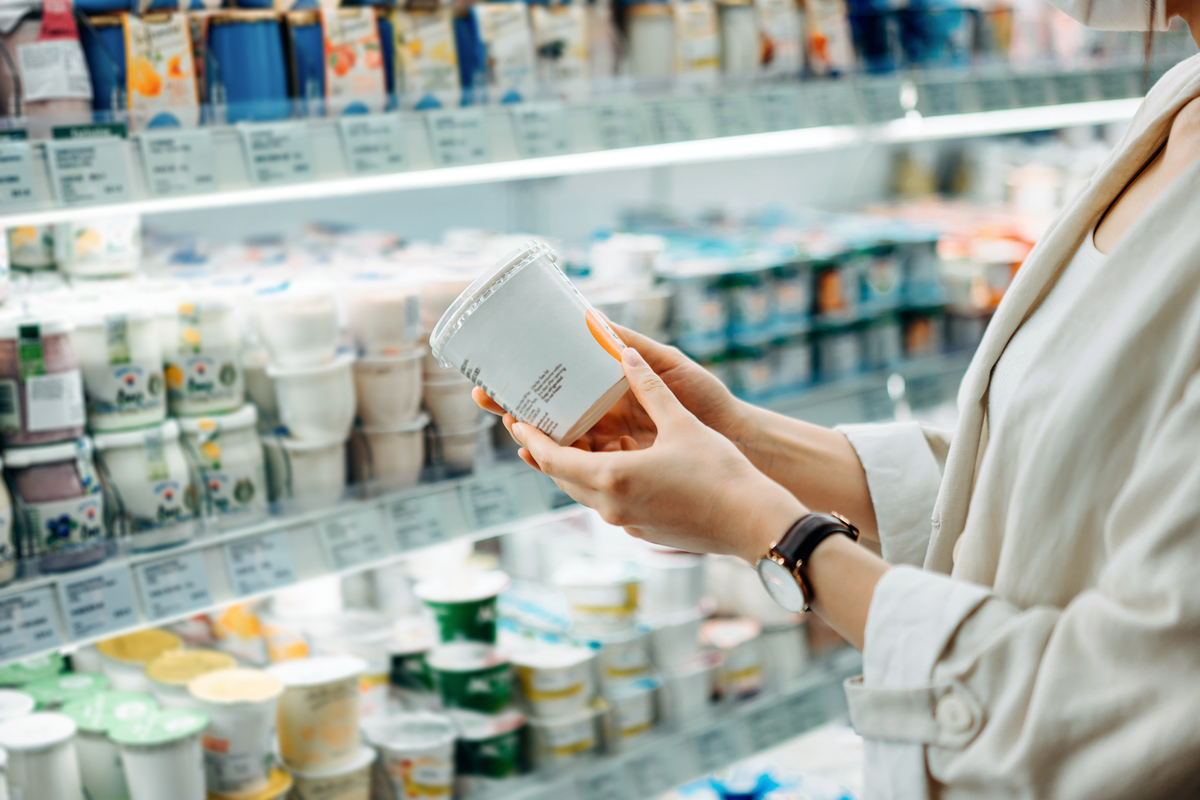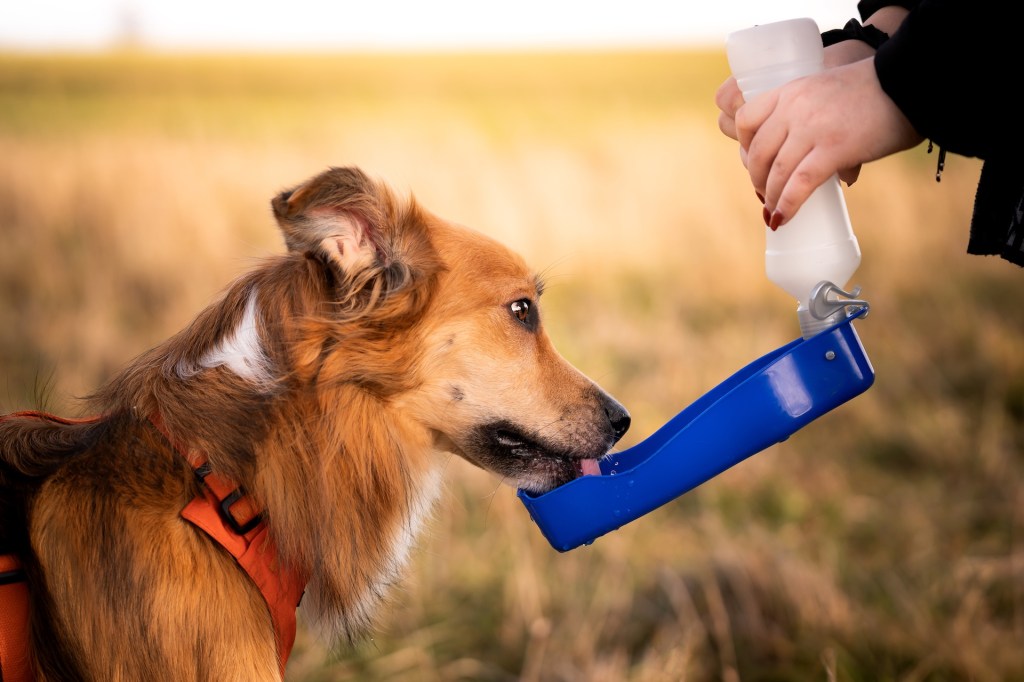Global Pet Care Market Growth
The pet care industry is experiencing significant expansion, driven by rising pet ownership and increased consumer spending. Notably, cat ownership is leading this growth, reflecting shifting household preferences and lifestyle changes. Despite economic pressures, pet parents remain committed to their furry companions, prioritizing quality care and essential products.
In response to inflation, consumers are actively deal-hunting, turning to discount stores, and closely monitoring brand prices to stretch their budgets. While cost-conscious shopping is on the rise, overall market size continues to grow, nearing $84 billion. Notably, nearly 80% of pet parents shop both in-store and online, underscoring the importance of a seamless omnichannel strategy for retailers.
Changing Shopping Behaviors
Brick-and-Mortar vs. E-Commerce
Traditional retail channels remain strong, with over 50% of pet food buyers still preferring brick-and-mortar stores. However, the continued rise of e-commerce—especially through subscription-based models—signals further digital expansion. With the convenience of auto-replenishment and personalized recommendations, online platforms are poised to gain additional market share from in-store purchases.
TikTok’s Influence on Pet Purchases
TikTok has emerged as a powerful force in the pet care space, influencing product discovery and driving direct purchases. Consumers increasingly turn to the platform for pet-related content, engaging with viral trends and influencer recommendations. This presents a significant opportunity for pet brands to leverage cross-promotional strategies, influencer partnerships, and in-app purchasing features to reach highly engaged audiences.
Price Trends and Market Dynamics
Price increases across most retail categories are beginning to slow, except in meat and dairy, which remain impacted by avian flu. This shift has contributed to slower dollar growth in pet care, but positive unit sales trends suggest that consumers are still purchasing, albeit with a greater emphasis on value.
One of the strongest growth areas in the market is functional pet food and benefit-based formulations. Products designed for gut health, joint support, and longevity are outpacing the broader category. Additionally, sustainability is becoming a key differentiator, as consumers seek responsibly sourced ingredients and eco-friendly packaging. This trend presents an opportunity for manufacturers to align with evolving pet parent priorities.
Emerging Product Trends & Innovations
Pet Supplements & Functional Foods
Pet supplements are gaining traction, with expanded offerings in categories such as immune support, calming aids, mobility enhancement, and collagen-infused formulations. Novel ingredients, including mushrooms and colostrum powder, are becoming increasingly popular for their perceived health benefits.
Humanization of Pet Food
As the humanization of pets continues, brands are innovating with new formats and ingredients that mirror human food trends. Baby food-style pouches, frozen pet meals like bone broth popsicles, and exotic protein options—including duck, antelope, and white fish—are becoming more mainstream. These offerings cater to pet parents who prioritize premium, high-quality nutrition for their animals.
Technology & Smart Gadgets in Pet Care
Wearable Tech & Smart Products
Advancements in pet technology are transforming how owners monitor and care for their pets. Smart feeding systems, interactive devices, and digital healthcare solutions are gaining traction, offering greater convenience and real-time insights into pet health and behavior.
Innovative Gadgets
Innovation extends beyond tech, with new pet care products enhancing comfort and engagement. Cooling jackets that retain moisture for hours help pets stay cool in warm climates, while multifunctional leashes with built-in water bowls provide added convenience for on-the-go pet parents. Additionally, the abundance of puzzle toys, self-moving playthings, and slow-drinking water bowls underscores a growing demand for products that provide mental stimulation and engagement.
The Rise of Influencer Pets & Consumer Sentiment
Influencer pets are playing a larger role in shaping consumer purchasing behaviors, as social media-savvy pet parents seek to replicate the lifestyles they see online, particularly for Gen Z. Brands are capitalizing on this trend by partnering with pet influencers and leveraging user-generated content to build trust and engagement.
Finally, shifting consumer sentiment—particularly in the US and Canada—is an emerging factor to watch. Differences in economic conditions, regulations, and purchasing behaviors could influence cross-border market strategies. As these dynamics evolve, brands will need to stay agile and adapt their messaging to meet the expectations of pet owners in different regions.

Winning in the 2025 Pet Market
With these key trends shaping the pet industry in 2025, retailers and manufacturers that stay ahead of evolving consumer preferences, embrace digital innovation, and prioritize functional, high-value products will be best positioned for success.




